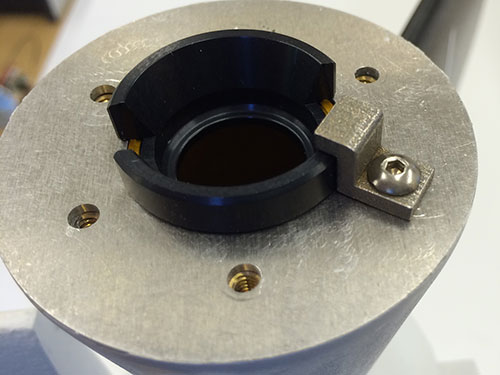- Joined
- Apr 13, 2013
- Messages
- 2,436
- Reaction score
- 1,342
I just posted my latest how-to video on tips for taking your level-2 rocket beyond the basics.
jcrocket.com/certify-level-2.shtml
jcrocket.com/certify-level-2.shtml

No, the first flight we will in two weeks at XPRS. I normally do the other arrangement (drogue aft, main forward); and you do have an excellent point about the forces on the pins holding the break for the main.Have you flown this rocket in this configuration several times and validated this arrangement? I'm not saying it can't be done, just that a lot more care is needed when sizing shear pins. My fear is that you will experience early main deployment more frequently than not.
That one was made by "Rowe's Retainers", but is very old so may no longer be available.John, where did you get that motor retainer?
That one was made by "Rowe's Retainers", but is very old so may no longer be available.
Think there gone price list is from 2006

The forward payload tube is very short, so it's no problem to reach in from the forward end.I'm sure that av-bay design will work, but I would never epoxy and av-bay into the payload tube. How do you access the top of the av-bay for the forward charge?
Sure, you could make both ends caps that fit into the coupler. You could also epoxy in a forward ring that a completely removable bay rests against.I presume it's possible to only glue in the coupler and not the forward bulkhead.
... I normally do the other arrangement (drogue aft, main forward); and you do have an excellent point about the forces on the pins holding the break for the main.
Enter your email address to join: